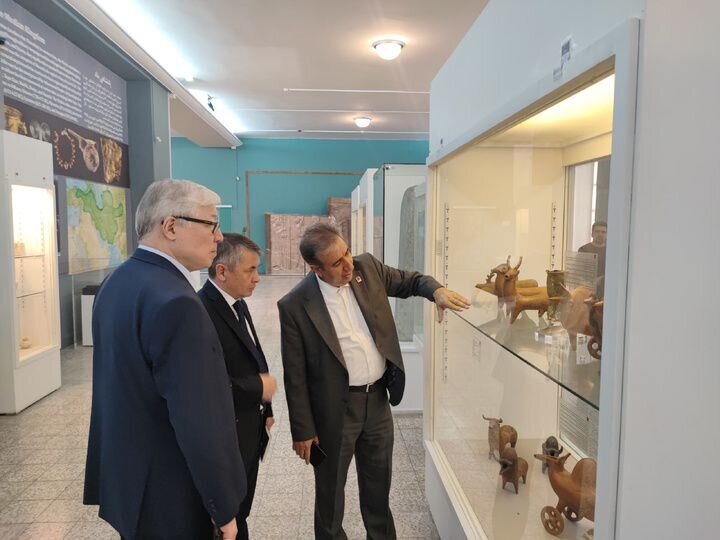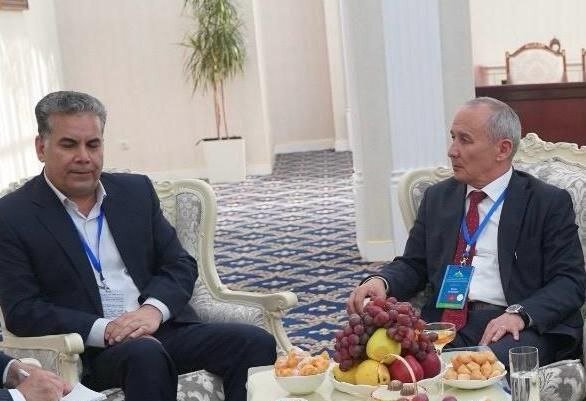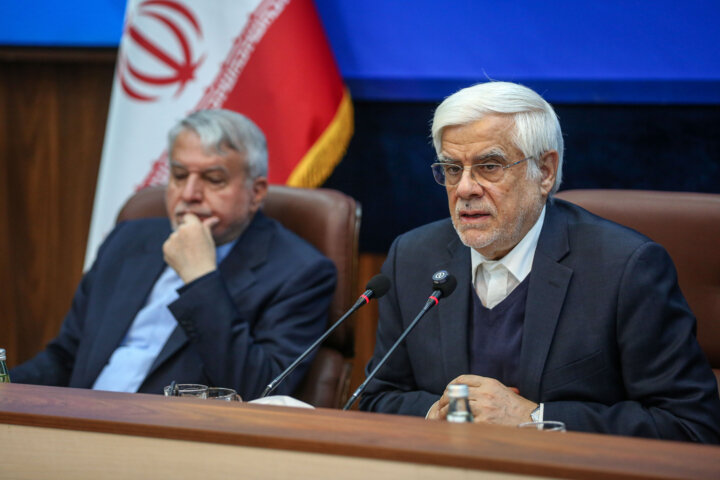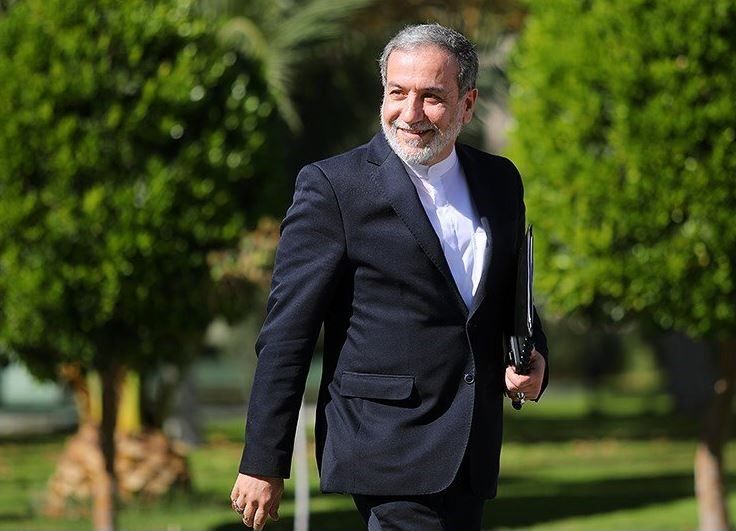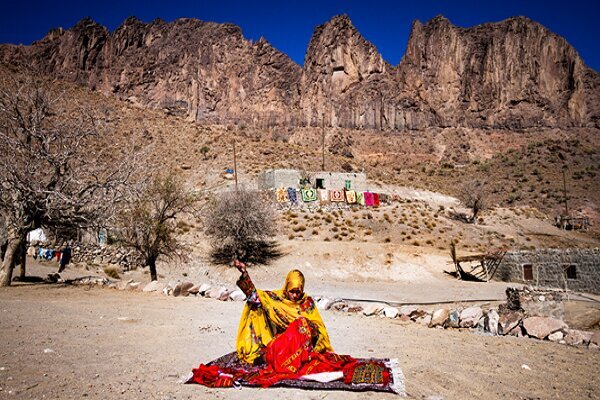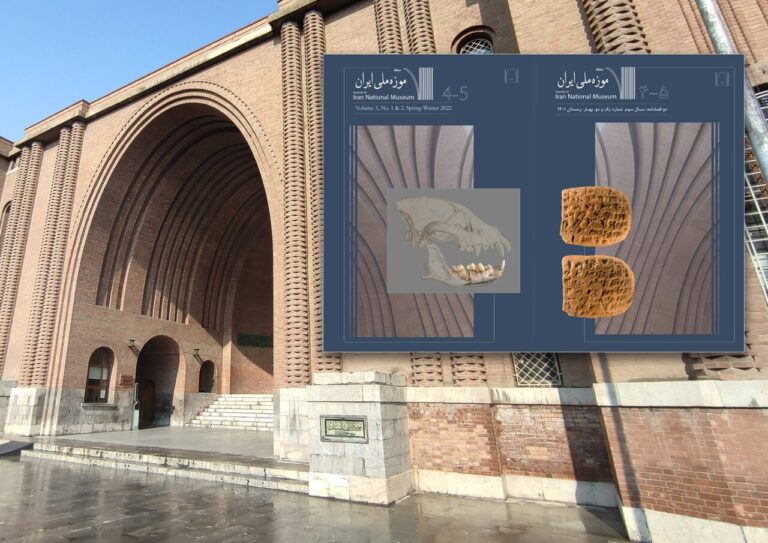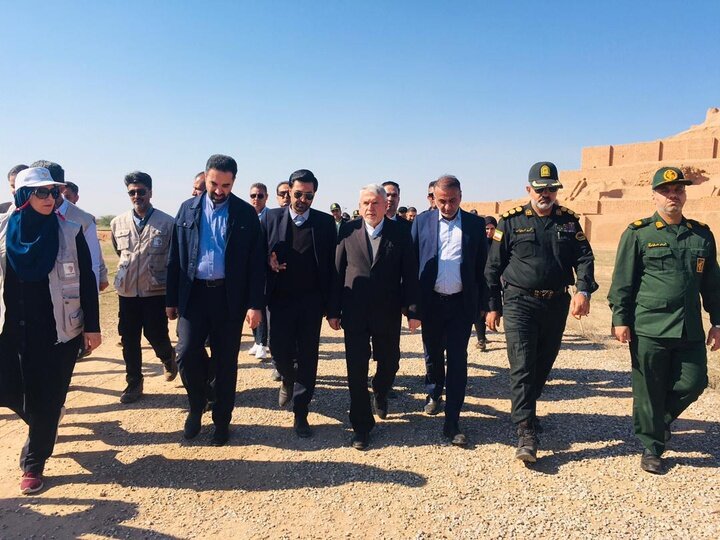Tehran and Astana Forge Exciting Partnership for Joint Exhibitions and Museum Collaborations!
The recent collaboration between the National Museum of Iran and its Kazakh counterpart marks a significant step forward in cultural exchange and cooperation. This partnership aims to enhance joint exhibitions and museum collaborations, fostering a deeper understanding of the rich cultural heritage shared by both nations.
On Thursday, a pivotal meeting took place between Jebrael Nokandeh, the Director of the National Museum of Iran, and Berik Abdygaliuly, his Kazakh counterpart. The discussions centered around expanding ties through cultural cooperation and inter-museum collaborations.
During their meeting, several key agreements were established:
- Hosting joint exhibitions to showcase the cultural treasures of both countries.
- Creating a shared digital database for the exchange of cultural information and artifacts.
- Implementing the terms of their existing memorandum of understanding to strengthen their partnership.
Nokandeh emphasized the importance of the shared cultural heritage between Iran and Kazakhstan. He pointed out that both nations have a rich history that spans various periods, including the Scythian, Islamic, and Timurid eras. This historical connection serves as a robust foundation for enhancing collaboration between the two museums.
One of the notable proposals made during the meeting was to organize an exhibition featuring artifacts from Iran’s National Museum in Kazakhstan within the current year. Conversely, they also discussed a future exhibition of Kazakhstan’s National Museum collections in Iran set for 2026.
Both parties agreed to coordinate through official diplomatic channels to ensure the successful organization of these joint exhibitions in the near future, further solidifying their cultural ties.
After the meeting, Abdygaliuly and his delegation toured the National Museum of Iran, where they explored the country’s historical and cultural treasures. Established in 1937 and located in downtown Tehran, this museum serves as Iran’s principal institution dedicated to preserving and showcasing the nation’s archaeological and cultural heritage.
The National Museum of Iran boasts an extensive collection of artifacts that reflects over a million years of human settlement and cultural achievements. Its diverse exhibits include:
- Ancient pottery and textiles
- Coins from various historical eras
- The personal jewelry from the Palaeolithic era
- Clay and human figurines from early village communities
- Stone reliefs and capitals from Persepolis
- The life-size bronze statue of “Shami Man” from the Parthian period
- The natural mummy known as “Salt Man”
- The Ilkhanid mihrab (prayer niche) of Dar-e Behesht
- Pen and ink paintings (Siah Qalam) by Reza Abbasi from the Safavid period
This rich collection not only reflects Iran’s archaeological heritage but also highlights the interactions with other cultures, particularly through significant artifacts such as the Chinese ceramics that illustrate the historical trade routes along the Silk Road.
The National Museum of Iran plays a crucial role as a center for research and education, fostering a greater understanding of Iran’s rich history and its connections with other civilizations throughout time. With the new agreements in place for collaboration with Kazakhstan, the museum is poised to enhance its role as a global hub for cultural exchange.
As both nations move forward with these initiatives, the anticipated joint exhibitions promise to be an exciting opportunity for visitors to engage with the intertwined histories of Iran and Kazakhstan. The collaboration signifies not only a commitment to preserving cultural heritage but also a celebration of the shared stories that connect both nations across time and geography.
